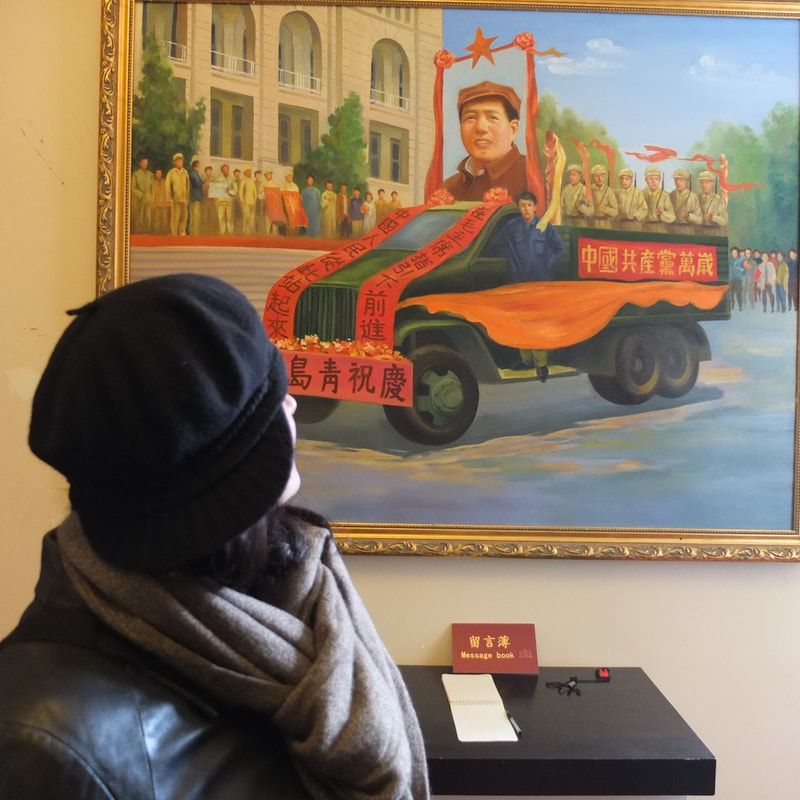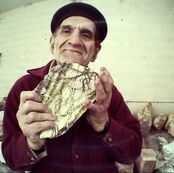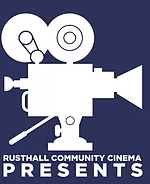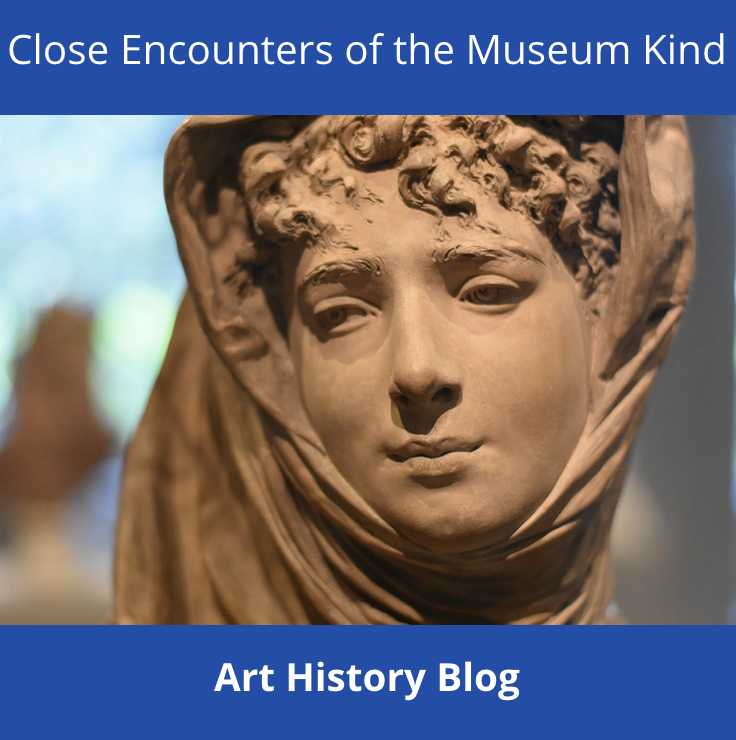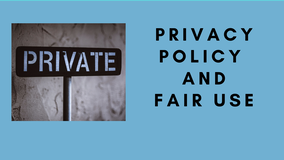|
My mentor and muse, Stanley Lewis, (he was many people to me: muse, model, inspiration, director, father-figure, friend, educator) the Montreal sculptor and visionary, was the man who helped me find my independent film voice. I was in Montreal, starting out on my journey at the Mel Hoppenheim film school, and the oldest student in the faculty. I had met Stanley in Welch's bookshop in 2000, on the legendary "Main", the street which separates French and English Quebec. I was looking, and that day found my friend who would take me through school and out the other side, till he died in 2006. One day I asked him about film genre, as I was confused. He stopped sculpting and quoted Picasso: “you don't seek, you find." You don't seek, you find . . . So I wandered off to the l' office national du film - the National Film Board - to find films. In the old days before they shut the screening rooms on St. Dennis, Montreal, we could, for a few bucks, watch anything that drew our attention. There I lounged, overlooking the street below, in my film world, starting with the early documentaries. I learnt about Canada, I learnt why I enjoyed certain films visually above others. What techniques appealed, and which did not. 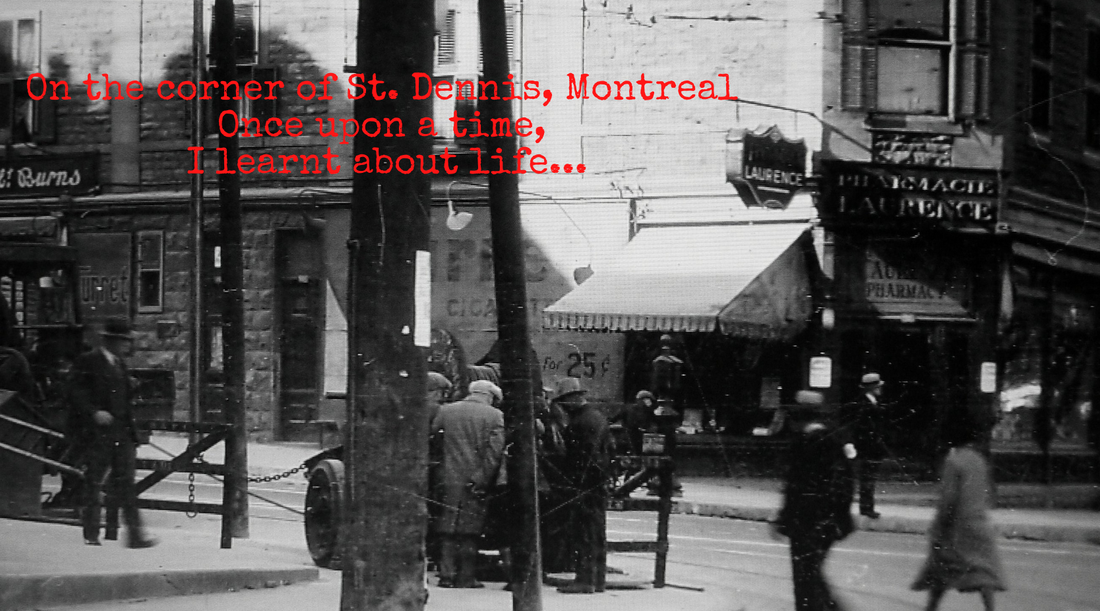 St. Dennis, corner of Ontario. 1937. Canadian Public Domain St. Dennis, corner of Ontario. 1937. Canadian Public Domain All I knew was I wanted to film Stanley in his studio. After a few months I was beginning to "see" the differences in editing styles, and know which creative approach I enjoyed more, what aesthetic, what form, and structure. I took lots of notes. I practised drawing out my ideas even before I had a camera. I also leant that to know what I wanted I had to WATCH, WATCH, WATCH. HERE IS THE LINK TO THE ONF/NFB which has free online streaming with free sign-up, which is quite rare. (It is in both French and English.) My first loves On the English side ( Montreal is split in the middle by French and English,) was Arthur Lipsett and Donald Brittain. Brittain* was the final influence for my first short documentary, Where’s Stanley - closeups, poetic narration, shot in b&w, 16mm. (*Ladies and Gentlemen, Mr. Leonard Cohen, and Bethune) Later, in collaboration with Zoe Mapp I continued in this mode for our award winning short, Birth of the Smoked Meat, also shot by Glauco Bermudez. On the French side I fell for Pierre Perrault, Gilles Groulx and Claude Jutra. Genre Is a French word meaning type or sort. However, it was Plato who invented είδος-eídos - genre - to place literature into certain groups. Simply put, it is knowing what category something is in - even Stanley would agree with that. So when you think about creating your documentary and you are gathering your materials in pre-production, you need to ask yourself
What type of documentary is it is more than likely the first thing someone will ask you. How to understand all these genres . . . Today many genres and sub-genres merge. We are cross-mixing all the time. A good example is looking at a film festival catalogue like Hot Docs. We can learn a lot about the diversity and approach in the storytelling. Genre also
Bill Nichols and Toni de Bromhead I do not want to get bogged down by dogma, this is not my intention. I only want to give you some idea of some of the different genres once you have your idea and your subject. Two important authors who categorized genre are Tony de Bromhead, filmmaker and teacher at the National Film & TV School in the UK, and Bill Nichols, film critic and theoretician. In a way their ideas are like Ying and Yang. These 6 modes are based on Nichols' interpretation. They give an idea 1. Poetic Mode Hides the veil between truth and reality. It feeds on sounds, image, poetry. It is lyrical and subjective rather than objective. Chris Marker, French writer, photographer, documentary film director, multimedia artist and film essayist. Some of his work falls into this genre mode with his lyrical documentaries Junkopia (one of my favourite short films,) Sans Soleil, and, If I Had Four Dromedaries (Si j'avais quatre dromadaires, 1966.) I am really influenced by his soundscapes, the imagery, the poetry, his roughness, the camera which is so free, his voice-overs, the silences, his poetry, the juxaposition of all of these, and the sometimes insanity in his images. Arthur Lipsett, Canadian avant-garde artiste, created his Oscar nominated film from scraps of left-over film in 1961, Very nice, very nice The use of collage in Lipsett's montage touches me a lot, and also his soundscape. 2. Expository mode or "Voice of God" Many TV documentaries use the “God voice” to direct, lead, show and educate us on a particular subject. Unlike the poetic mode, this mode is informative, it is objective. John Grierson’s 1936 Night Mail is a good example of the early Expository Mode. His voice talks to us directly as the night mail train moves across the countryside. We are drawn to the characters, the loneliness, the atmospheric energy is poetic; however it is educative, we know where we are heading. Desert Seas, narrated by David Attenborough for National Geographic, takes us on a journey to the Arabian Gulf sea. This type of mode is also very common in Chinese documentary along with observational documentary. Many of the Chinese students copy this mode and sometimes that 'voice of God,' is so omnipresent it is off-putting. 3. Participatory Mode When filmmaker and subject engage together. Louis Theroux, British-American filmmaker, is a good example. Selling Sex, Surviving America's most hated family, and the The Ultra Zionists, show him engaging, sometimes having real empathy with his subjects or disdain. His films do not try to influence us, they show, and we pose questions about the subject matter. His way of interacting is natural, humorous at times and touching. 4. Observational Mode Fly-on-the-wall, cinema verité, or cinema direct (in French Canada.) This genre was born from the 60s with filmmakers like Jean Rouch 'showing truth and not manipulating truth.' It is not staged, often handheld, and moving cameras are used, as it is on the go filmmaking. Some examples of directors are the British filmmaker Kim Longinotto and Chinese filmmaker Zhou Hao. Longinotto says” “I want to make films which create a situation where the audience gets close to another individual, often from a completely different background, and feel a shock of understanding. I want the whole experience to be a strong and emotional one.” Her focus is mainly on women. Divorce Iranian Style is a mix of Expository and Observational. Hold me tight, let me go is Observational. The Chinese filmmaker Zhou Hao's powerful film The Chinese Mayor was awarded a Special Jury Award for Unparalleled Access at the Sundance Film Festival. 5. Reflexive Mode It tears away any veil between filmmakers and audience. From swearing to manic breakdowns. Elements are not removed. The viewer can see what is going on. The filmmaker often shows him/herself in the film which provides another narrative. Often experimental documentaries use the reflective mode, with a smaller crew, often doing a lot of the work themselves. The British documentary filmmaker Nick Broomfield is known for reflective documentary filmmaking. Tales of the Grim Sleeper, 2014, is the story of Lonnie Franklin Jr the serial killer who went on a 25-year killing spree. 6.Performative Mode It has an emphases on involvement with the subject. Searching for Sugarman the Oscar winning documentary on the life of the singer Rodriguez by filmmker Malik Bendjelloul, who tragically killed himself in 2014, is a good example. Bendjelloul is emotionally driven, loves Rodriguez's music, so performative documentaries like this are usually subjective in one way or another. Michael Moore is another example of a filmmaker who uses the performative mode. Where should we invade next, made in 2016, is tongue-in-check, factual, yet taken from his point-of-view. He elects to show the slithers of Europe he likes, the ones which appeal to him. In workshop #4 I will discuss HYBRID documentary and iDOCS interactive documentaries. Thank you so much - have a great week. I would love to have your comments. JeanneX
2 Comments
Jenny Lister-Crown
6/6/2020 10:43:34 pm
I also lived for many years in Montreal and remember fondly the ONF screening rooms, I'd take my kids there. They used to do animation work shops at the weekends. It is a pity it closed down.
Reply
Leave a Reply. |
Jeanne PopeFilmmaker, teacher, traveller and storyteller
Other Links |
|
"Thank you dear Jeanne. It is an honour to have your creative thoughts which are printed in this film. With your love energy, passion and creative thoughts and encouragement this film can have its own soul finally. Thank you so much". Tao Gu - Taming the Horse
|
"Jeannette taught me the tools I needed, never having made a documentary before. She gave so much time, patience to show me, guide me and share her creativity and skills with me." Dr. Zou Qialing, Beijing Film Academy, Qingdao Campus
|
|
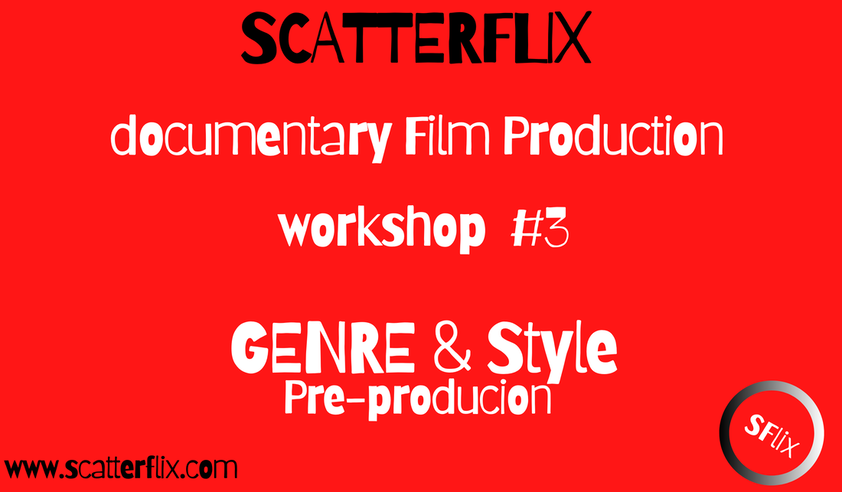
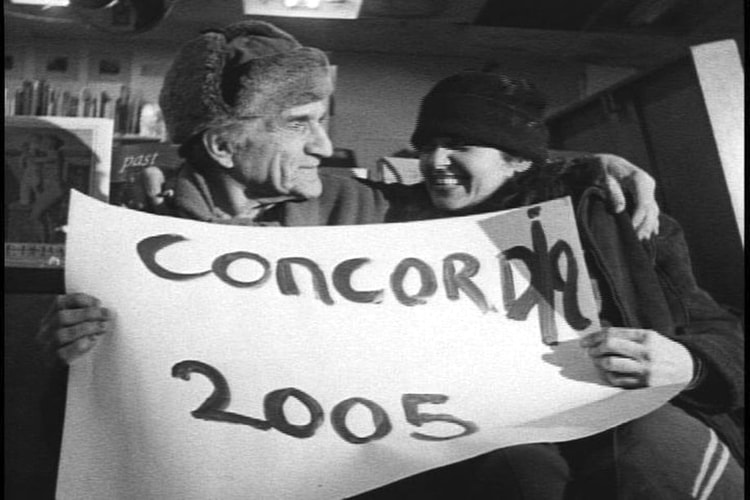
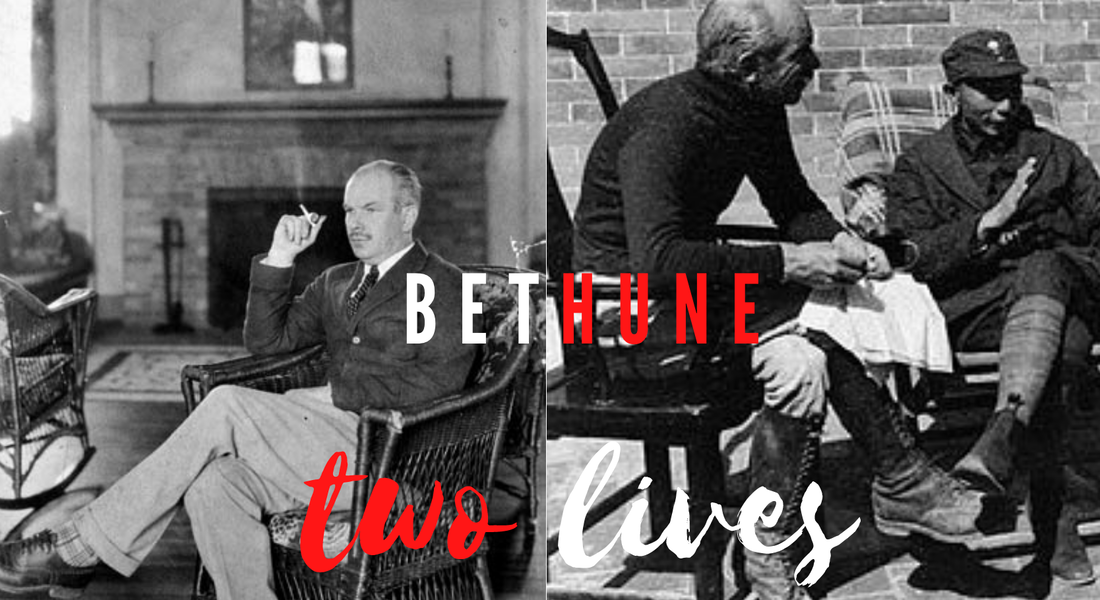

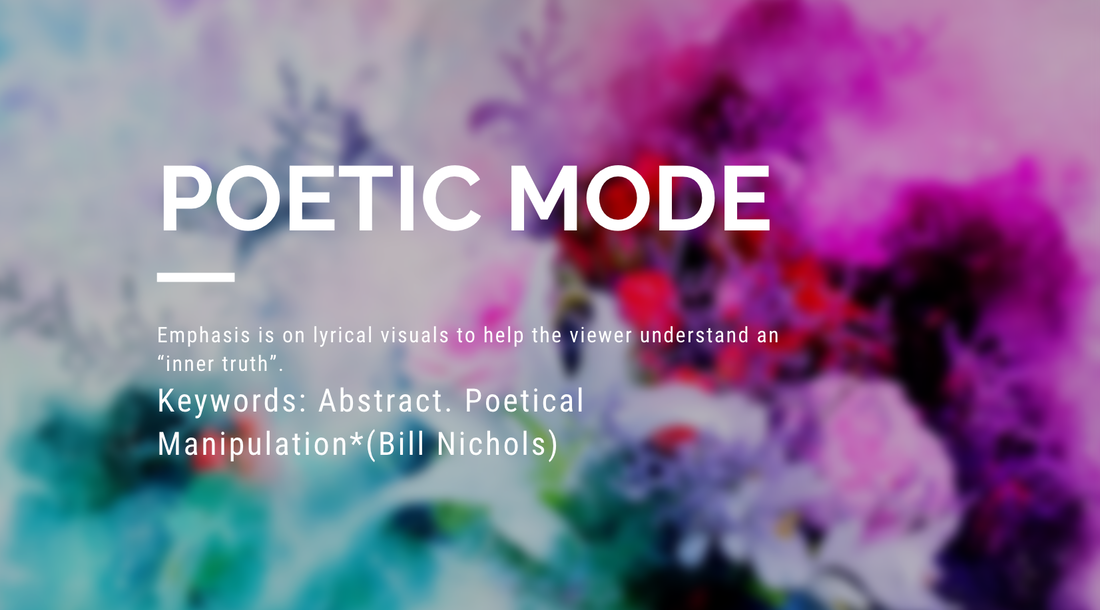

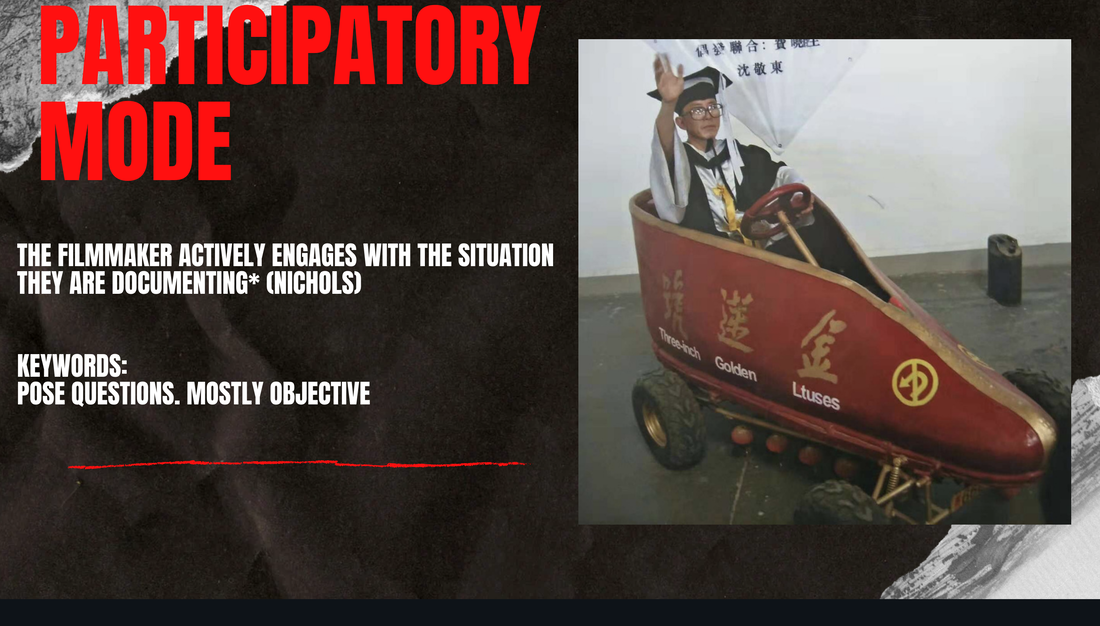
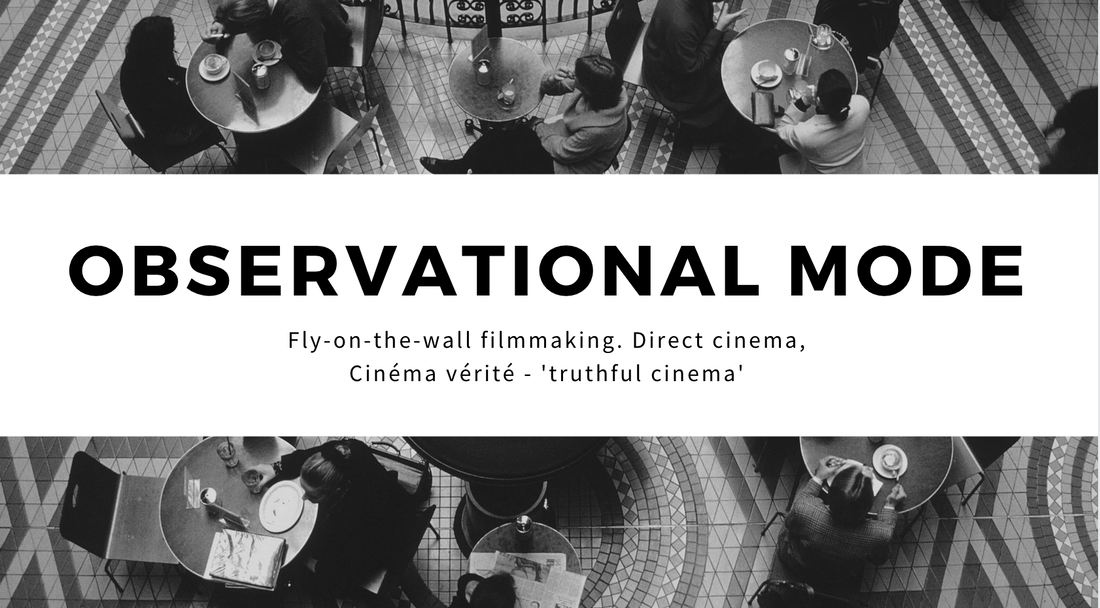

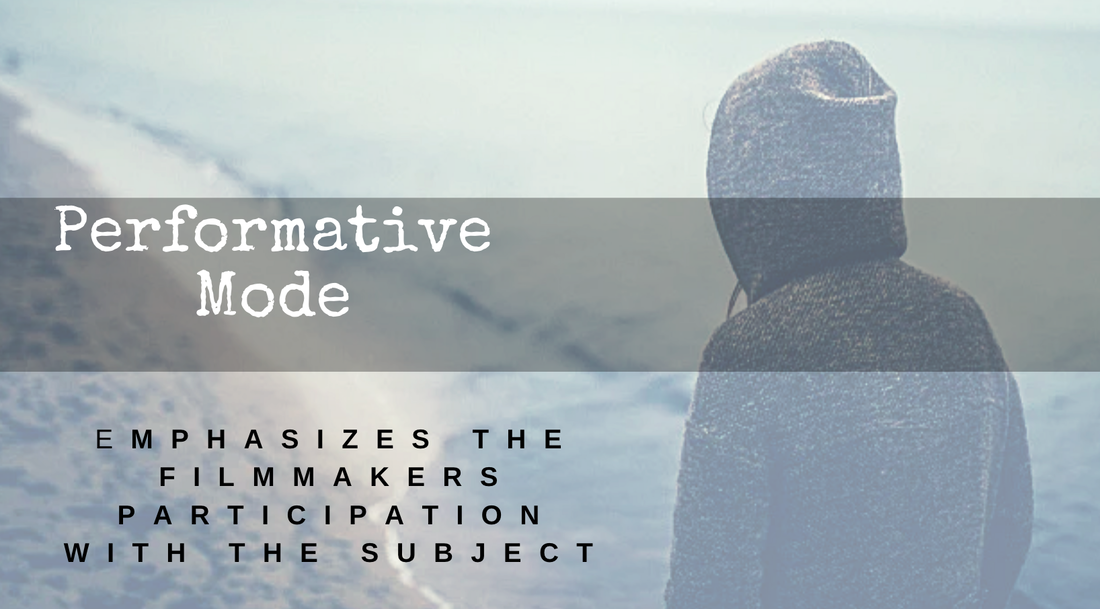
 RSS Feed
RSS Feed
